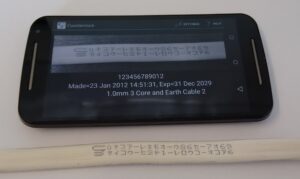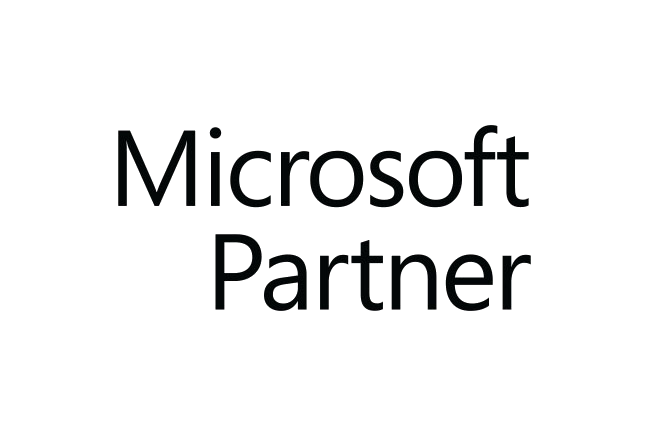What is the difference between Countermark and QR Codes?

Countermarks are very different to QR codes, the important differences are explained.
- Countermarks are encrypted and inherently secure – all printing is licenced and auditable, Countermarks are read by the Countermark App and server. QR codes are anonymous and insecure – anybody can print a QR code – this will be read automatically by todays phones, sending people to unidentifiable / spoof websites where they can have their money or ID stolen. This is a real risk to users, cases of fraud linked to phones are known as QRishing. The bad guys only need to print a QR code on a sticker and leave it where people will scan it and craft a website that looks like the expected websites. So called ‘Encrypted QR Codes’ are equally vulnerable to this type of attack.
- Countermarks are read and qualified on our servers prior to information being sent to the users’ phone. This added layer enhances the security of the Countermark system. This process also allows us to limit access to individual Countermarks by location, date and the email address of the person reading the Countermark.
- Countermarks directly integrate with existing MRP and existing invoicing systems. Adding the top row of a Countermark to an invoice or delivery note creates a permanent link to the traceability data that allows traceability exercises to be undertaken long after the product has been used.
- Countermarks are based on alphanumeric characters – a scuffed or damaged Countermark can be entered manually. The first 6 digits of a Countermark represents over a billion combinations, the Countermark server will check the list of existing Countermarks as each digit is entered. Reducing the effort needed for manual data entry.
- Using human readable characters allows the use of Continuous Ink Jet (CIJ) printers – these are the most widely used printers in production of consumer goods – typically used for “best-by” dates and lot codes. QR codes need specialist printers that create solid black and white squares. These printers are expensive and can be difficult to use on high-speed production lines.
- For Countermark, human readability is exactly that, Countermark currently is available in Latin, Cyrillic, Chinese and Japanese fonts, other fonts can be added – ask us for information.




